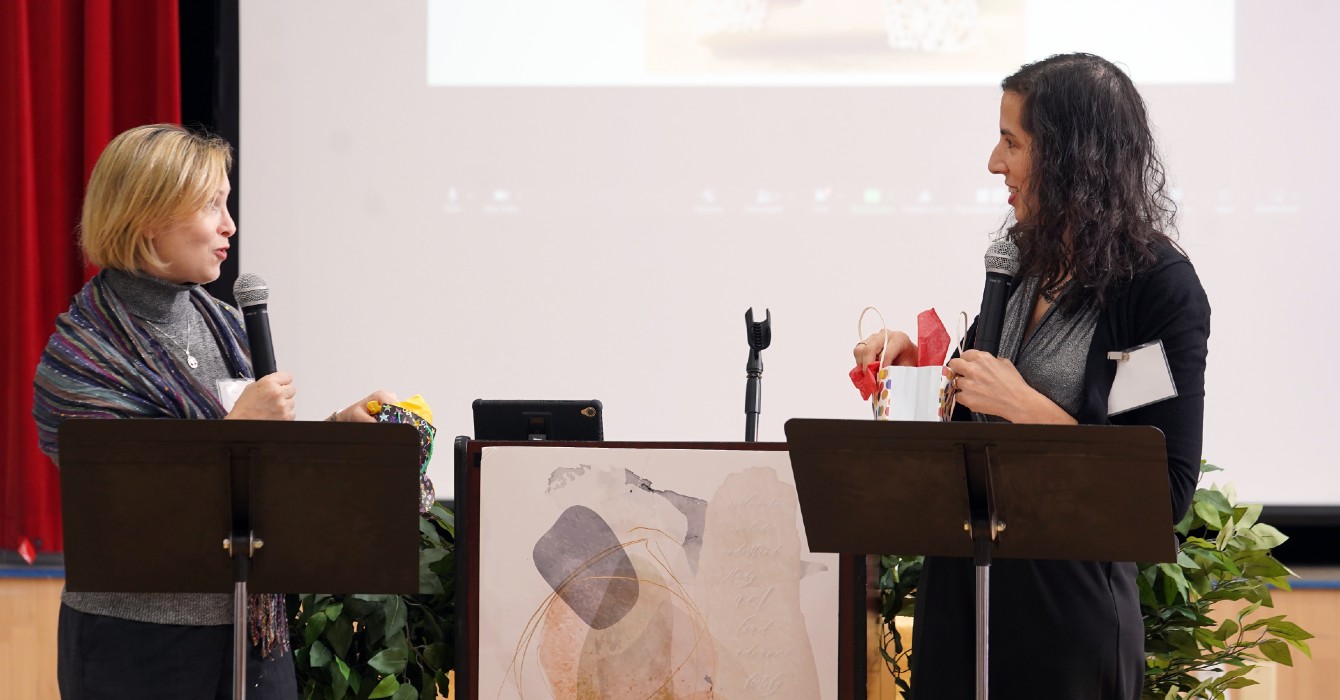Editor’s note: Scroll down for quiz.
United Methodist officials studying the future of the nation’s second-largest Protestant denomination were uncharacteristically blunt in reporting their findings this fall.
“Leaders, beginning with the bishops and including lay and clergy across the Connection, must … immediately, repeatedly, and energetically make it plain that our current culture and practices are resulting in overall decline that is toxic,” the denomination’s Call to Action Steering Team concluded. “Business as usual is unsustainable. Instead, dramatically different new behaviors, not incremental changes, are required.”
This new urgency of denominational leaders to confront the status quo is well-founded. Several major studies -- including the 2008-2009 wave of the U.S. Congregational Life Survey and the Faith Communities Today 2008 Study -- highlight the importance of innovation to church growth.
Opening up opportunities for contemporary worship, providing multiple small groups to meet the interests of new members and developing strong lay leadership are among the predictors of growing churches, the studies found.
Church growth still starts with personal evangelism. The U.S. Congregational Life Survey reported that nearly half of first-time visitors said they responded to a personal invitation.
“Being an inviting church is really so critical,” said Deborah Bruce, project director for the U.S. Congregational Life Survey. “Our research shows over and over the No. 1 reason someone comes to a church for the first time is because someone invites them.”
But even when it comes to responding to those visitors, it helps to think in new ways, according to the study.
The more follow-up contact, the better. The Faith Communities Today study found that nearly two-thirds of congregations who used all five of the follow-up methods surveyed -- contacting visitors by phone, by e-mail, in person, by regular mail and by sending them materials -- experienced growth. That percentage steadily decreased as congregations used fewer follow-up methods.
The next step -- and what is often the hardest part according to many church growth authorities -- comes as congregations are challenged to adapt their traditions to meet the spiritual needs of new members.
The United Methodist Call to Action Steering Team based its clarion call for change in large part on the Vital Congregations Research Project, a 2010 study it commissioned that analyzed data from 32,228 churches in North America. The study found that the four key drivers of congregational vitality in the United States are effective pastoral leadership, multiple small groups, diverse worship styles and a high percentage of spiritually engaged laity in leadership roles.
The options of contemporary worship and different ways for new members to be engaged in the life of a congregation were found to be significant in other studies as well.
Congregations that had changed to contemporary worship in the past five years were especially likely to grow in attendance, while those congregations that had changed within traditional styles of worship showed the lowest levels of growth, according to the Faith Communities Today study.
The U.S. Congregational Life Survey found that growing congregations use multiple methods to integrate new worshippers. In particular, they are more likely to have a specific group for newcomers and to invite such people to take part in small groups or service opportunities.
All of these factors in church growth -- an active laity, multiple small groups, different worship styles -- follow a pattern of what Bruce, of the U.S. Congregational Life Survey, calls “involving lots of people in lots of ways.”
But what congregations need to keep in mind is that church growth is a two-way street, Bruce said. New congregants are going to bring their own ideas, and being able to accommodate and integrate their contributions is critical to sustained growth.
“Just doing what we’ve always done is not going to necessarily work in today’s culture,” she said.












